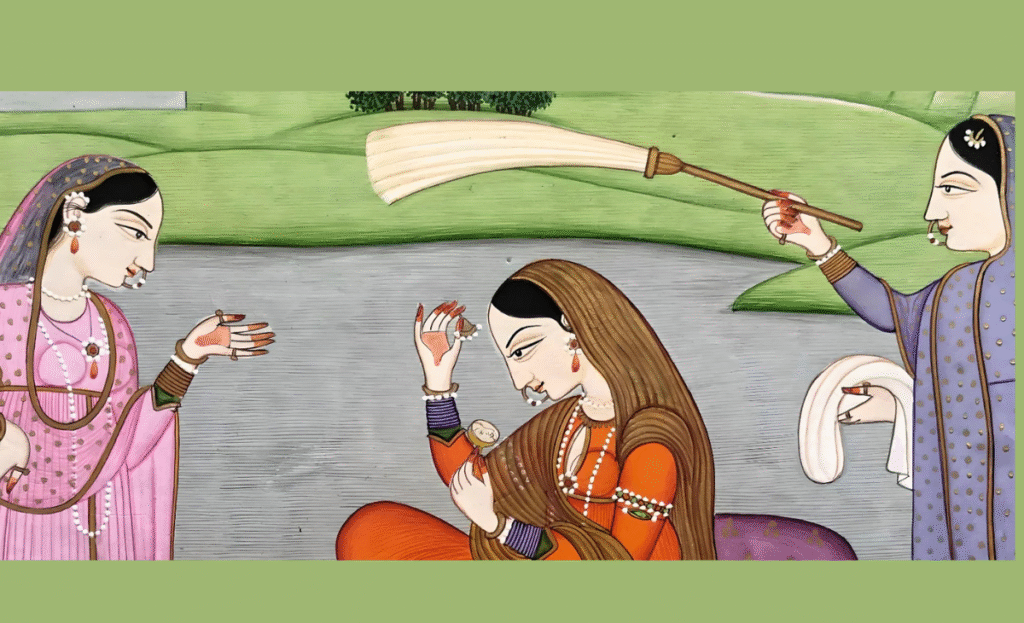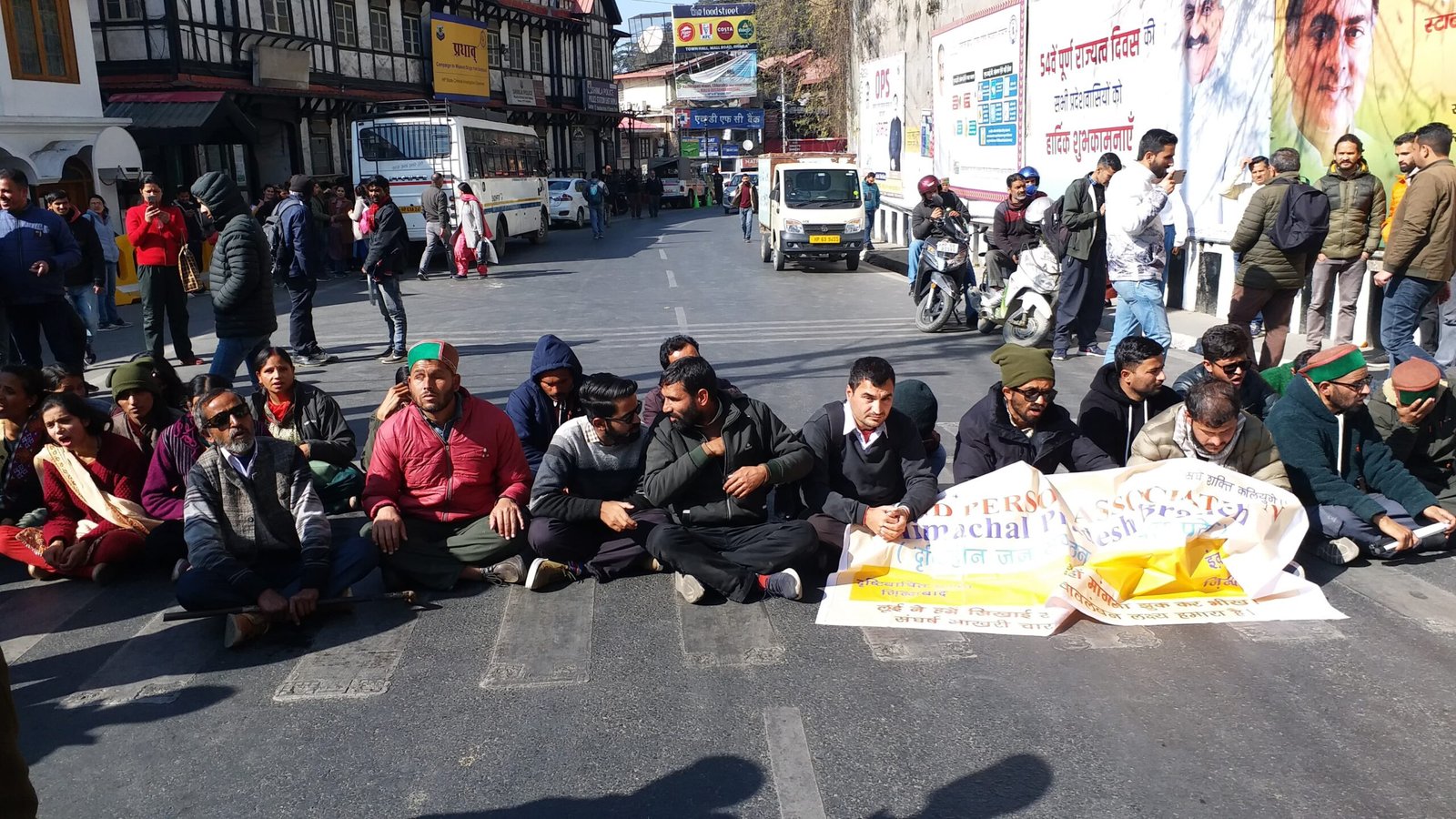Shrey Awasthi
The Kangra School of Painting, once the pride of Himachal Pradesh and north India and a gem in the crown of Indian miniature art, is now facing a slow and steady decline.
Rooted in devotion, nature and grace, these paintings emerged in the 18th century under the patronage of Raja Sansar Chand of Kangra. With their delicate lines, vibrant natural colours and themes drawn from Lord Krishna’s life, Kangra paintings became a hallmark of cultural brilliance. But today, this legacy is fighting for survival amidst changing times and neglect.

Kangra paintings are more than just visual art — they are a living narrative of Himachal’s history, aesthetics and spiritual depth. Their gradual disappearance represents not only a loss of artistic tradition but also the fading of a rich cultural identity.
Many master artists have aged without successors and the younger generation lacks both motivation and means to pursue this intricate artform as a profession. Without timely intervention, this UNESCO-recognised heritage may become nothing more than a museum exhibit.
Call for support to artists
Despite their mastery, many traditional Kangra artists live in anonymity, struggling to make ends meet. They lack platforms for exhibition, marketing support, modern training and most importantly, state recognition.

The market is flooded with cheap digital imitations, further demoralising genuine artists. Without a steady demand or institutional backing, young artists are forced to abandon their cultural roots in search of more sustainable livelihoods.
Steps Himachal government should take
To safeguard and rejuvenate this precious art form, the Himachal Pradesh government must play a proactive role. Here are a few actionable steps:
- Artist support schemes: Financial grants, monthly pensions and insurance schemes should be provided to traditional artists and artisans who are keeping this heritage alive.
- Art education and training: Art schools and colleges in Himachal must introduce Kangra painting as part of their curriculum. Government can fund workshops, mentorship programs, and training camps to inspire youth.
- Cultural hubs and exhibitions: Dedicated galleries and cultural centres should be established in Kangra and other major towns to regularly exhibit original Kangra paintings. Annual festivals and exhibitions can generate tourist interest and economic opportunities.
- Digital & global promotion: With the help of digital platforms and e-commerce, these paintings can find global buyers. The government can collaborate with private organisations and embassies to showcase Kangra art on international stages.
- Art tourism integration: Kangra Valley, already known for its natural beauty and spiritual centres, can be promoted as an art tourism destination, where tourists can witness live demonstrations and buy directly from local artists.
- GI Tag and Protection Laws: Strict measures should be implemented to protect Kangra paintings from duplication and misuse, including the promotion of genuine GI (Geographical Indication) tagged artworks.
Ray of hope still exists
Reviving Kangra paintings is not just about saving a traditional art form, but preserving the soul of Himachal Pradesh. The artists who still carry this legacy in their hearts and hands deserve recognition, respect and robust support.
The Himachal Pradesh government has a moral and cultural responsibility to act decisively. With the right policies, resources and vision, Kangra can once again become the artistic capital it was destined to be — a place where brushstrokes still echo the timeless stories of divinity, devotion and beauty.






